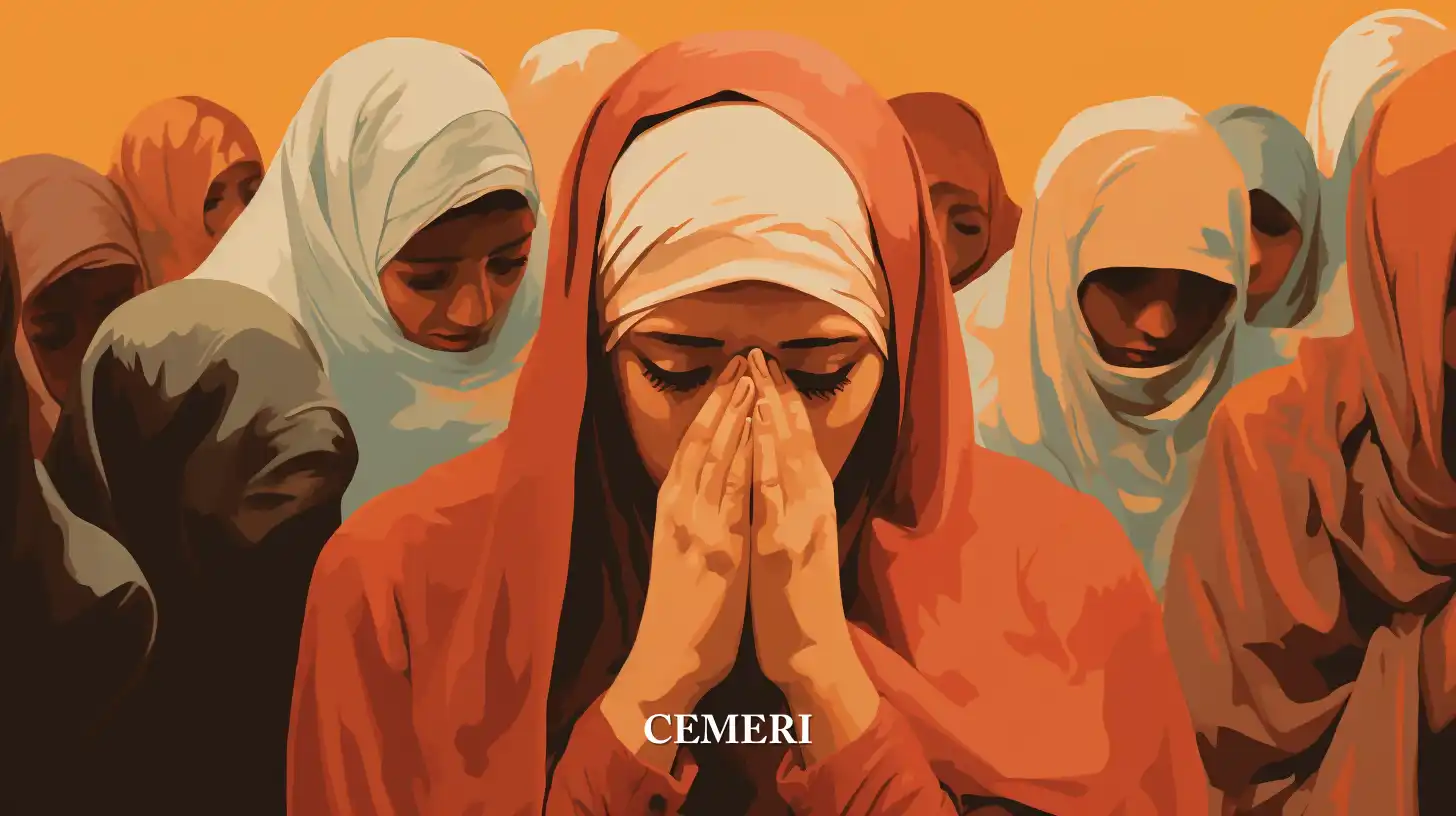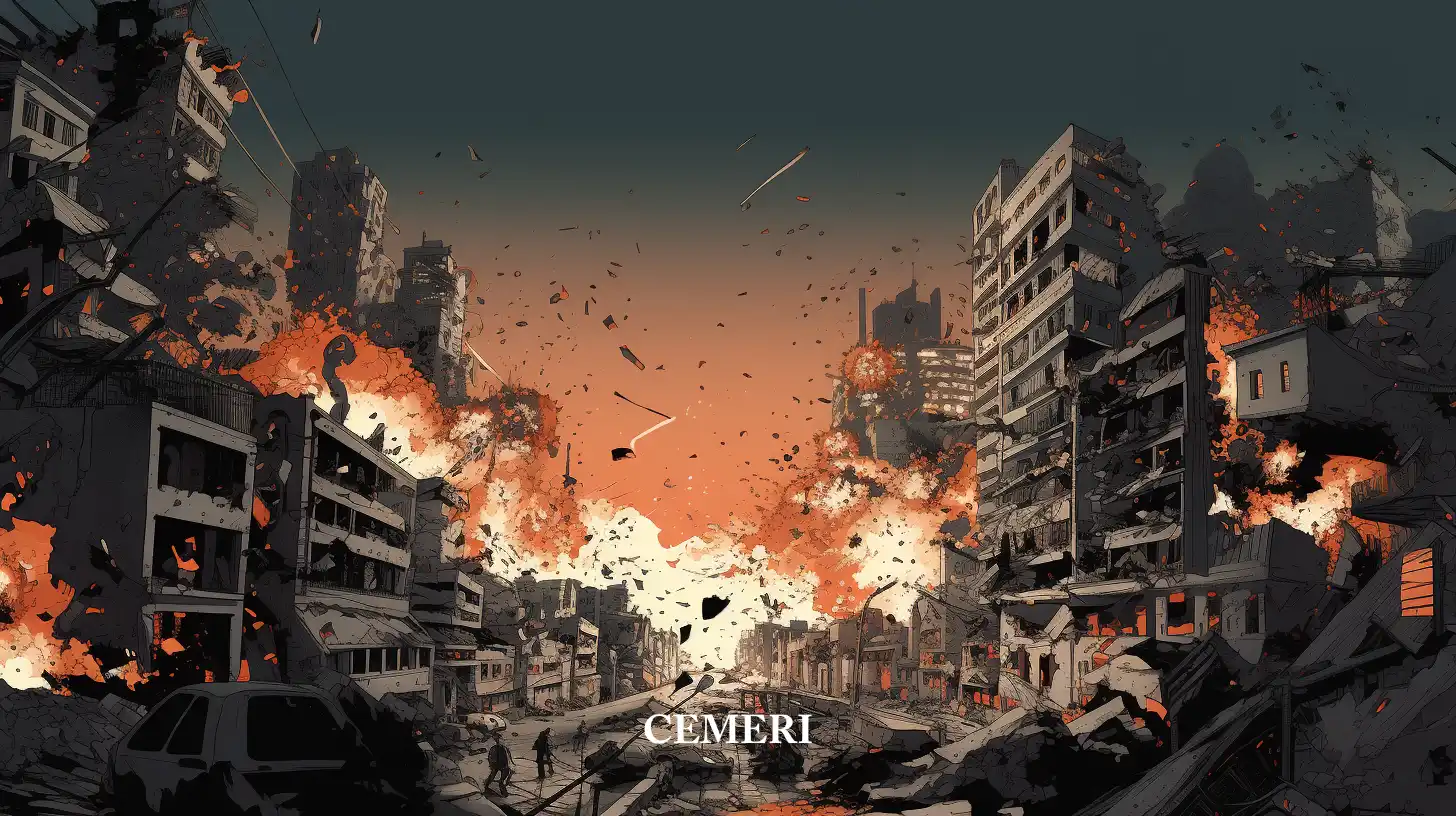Encyclopedia
Oscar Abraham Raya López
What was the Islamic Revolution in Iran?
- The first implementation of radical Islamist principles as a state doctrine occurred in 1979 in Iran, a country that, unlike most of its counterparts in the Middle East, has a long past and a distinguished national identity.

The first implementation of radical Islamist principles as a state doctrine occurred in 1979 in Iran, a country that, unlike most of its counterparts in the Middle East, has a long past and a distinguished national identity (Kissinger, 2014, p. 149). Since then, the regional order of the Middle East has changed forever, and Iran has become a feared and highly-powered player.
So much so that Joe Biden, current US president, resumed dialogue in 2021 with the Iranian government to seek the restoration of the nuclear agreement, abandoned since 2018 thanks to the Trump administration, which seeks to prevent the proliferation of nuclear weapons in Iran (Jakes, Crowley, Sanger & Fassihi, 2021, par 1).
It is not yet known whether both sides will be able to reach a new agreement that will potentially limit Iran's nuclear power, but the US government's new insistence on resuming talks shows Washington's fear of a nuclear-armed Iran. The reason behind that fear can only be explained with what happened in 1979 and with what was made a small allusion at the beginning of this paragraph: the Iranian Islamic revolution.
Causes and process of the revolution
Early in its modern history, Iran found itself in constant conflict with foreign powers, from an 1890 dispute with the United Kingdom over tobacco to the 1941 occupation of its territory by British and Soviet forces (International Center on Nonviolent Conflict , 2009, par. 3). Once the Second World War ended, stability was maintained for a short period of time in Iranian territory, however, in 1950 the situation changed radically.
In that same year, the democratically elected Prime Minister, Mohammad Mossadegh, nationalized the company "Anglo-Iranian Oil Company", a British energy monopoly, an action that generated discord and boycotts on the international stage towards the government of Iran (International Center on Nonviolent Conflict, 2009, par 3). With an unstable internal environment and deep resentment of Iran abroad, the Mossadegh-led government found itself in a very delicate situation. Taking advantage of this moment, the British and American secret intelligence services orchestrated a coup against the Mossadegh administration in 1953 and installed Reza Shah, a politician easily manipulated to look after foreign interests, as the new Prime Minister (Encyclopaedia Britannica, 2022 , par. 2).
Years later, Reza Shah dissolved parliament and launched the “White Revolution,” an aggressive Western-influenced modernization plan that, while it brought Iran high economic growth, also brought with it massive inflation and inequality (Encyclopaedia Britannica, 2022, par. 3). The reforms imposed were generating deep resentment and hatred in the Iranian population, especially the urban population, which escalated in the 1960s and 1970s. For example, by the early 1970s, arbitrary arrests against protests against the government of Reza Shah became increasingly violent and common (Encyclopaedia Britannica, 2022, par. 4).
By 1977, the situation became even more complicated and intense. In that year, Ayatollah Ruhollah Khomeini, a former Iranian philosophy professor in exile abroad and opposition leader, called on the people in Iran to stage mass protests, strikes and boycotts after government repression had reached unprecedented levels (International Center on Nonviolent Conflict, 2009, par 5). Also during that year and the one that followed, the revolution acquired its greatest hallmark. Parsa (1982), affirms that:
Unlike other similar social movements, see the revolutions in Russia (1917), China (1949), Nicaragua (1979) and Cuba (1953), where the leaders and their forces came mainly from the countryside and war was their modus operandi, Those who were in charge of leading the movement in Iran were the urban and worker sectors through massive strikes and not armed combat and/or guerrillas (p.2).
In 1978, several government workers in strategic sectors took sides in civil protests against the government. Those who mattered most were those in the energy and oil sectors as they went on a massive nationwide strike, crippling Iran's economy and costing the government $60 million a day (International Center on Nonviolent Conflict, 2009). , par. 5). With key industrial sectors all but held, along with cities abuzz with massive anti-government protests, Reza Shah had no choice but to flee the country.
In January 1979, Reza Shah fled Iran along with his entire family; A month later, Ayatollah Khomeini arrived in the country with many promises of political reforms and high popular support r (Encyclopaedia Britannica, 2022, par. 4). The revolution had come to an end, culminating a period of struggle equivalent to two years, from 1978 to 1979.
Aftermath of the revolution in Iran
The legacy of the revolution for Iran today is of high importance and relevance not only for the Middle East region, but for the rest of the world. The new government that was born from that social movement set itself the goal of launching an "ideological crusade" to bring the message of Islam to all people and countries, including Western and Eastern nations alike (Menashri, 2019, p. 14).
In this way, the Islamic revolution in Iran created a governmental system with a divine character and with a radical foreign policy very similar to the one present during the religious wars in the era before the peace of Westphalia (Kissinger, 2014, p. 152-153 ). For this very reason, the United States considers it unacceptable that a country with an ideology as extremist as Iran, which is the result of its revolution between 1978-1979, has nuclear weapons.
Sources
Encyclopaedia Britannica. (2022). La Revolución Iraní [1978 – 1979]. Recuperado de: https://www.britannica.com/event/Iranian-Revolution
International Center on Nonviolent Conflict. (2009). La Revolución Iraní (1977 – 1979). Recuperado de: https://www.nonviolent-conflict.org/iranian-revolution-1977-1979/
Jakes, L, Crowley, M, Sanger, D & Fassihi, F. (12 de septiembre de 2021). Biden Administration Formally Offers to Restart Nuclear Talks with Iran. The New York Times. Recuperado de: https://www.nytimes.com/2021/02/18/us/politics/biden-iran-nuclear.html
Kissinger, H. (2014). World Order. New York: Penguin Books.
Menashri, D. (2019). The Iranian Revolution and The Muslim World. Recuperado de: https://books.google.es/books?hl=es&lr=&id=PayhDwAAQBAJ&oi=fnd&pg=PT7&dq=islamic+iranian+revolution&ots=faLJyxGa_6&sig=owf4o0GOCeEqJzk3ohrrQsWAJ6c#v=onepage&q=islamic%20iranian%20revolution&f=false
Parsa, M. (1982). Social Origins of the Iranian Revolution. Recuperado de: https://books.google.es/books?hl=es&lr=&id=pI9oAtnFzhAC&oi=fnd&pg=PR9&dq=social+origins+of+the+iranian+revolution&ots=z6Qmatk6ND&sig=g8rsnI-FZvc4fzFAmshFektDqxg#v=onepage&q&f=false

